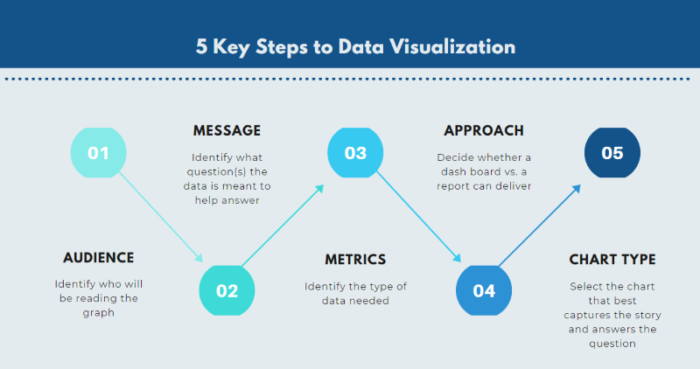Businesses are drinking from a firehose of data. This makes it increasingly challenging for leaders cut through noise to draw insight. Being able to digest large datasets quickly can enable organizations with better decision-making capabilities. Thus, where data visualizations come in.
Data visualizations, such as charts or graphs, ultimately tell stories. They do so by taking very large sets of information and distilling it down to an image. By doing so, leaders can use the data and visualization to make better decisions. This makes them a very effective tool for communicating information.
Just because it is visualized doesn’t mean it is useful. There are many times where graphs are published but are misleading. In some cases, the implications of poor data visualizations can be devastating, leading to the demise of a business or even death. Organizations should invest time and resources into training staff on how to create, manage, and understand good data visualizations.
Benefits of good data and data visualizations
There are many reasons why good data and strong visualizations are important for a business. First, visualization allows for quick digestion of high amounts of data. With businesses amassing astronomical amounts every second, being able to have leaders quickly absorb and understand data is the difference between making meaningful business decisions or stale ones.
Next, putting data into graphs or dashboards can uncover patterns or trends that would not have otherwise be visible. It puts into visual contexts difference in magnitudes and can display rates of change. Such a visualization can act as a beacon for businesses to investigate further.
Finally, data visualizations ultimately save businesses time. With many technologies available to facilitate visualizations in dashboards, businesses can get near to real time insight about their business. There is no need to wait until the end of the week to run a sales report. Instead businesses can create dashboards that show them how close they are to their goal.
Example of data visualization gone wrong
One of the most tragic example of poor data visualization is the NASA Challenger explosion. The implications of this event are so significant that, to this day, the incident is still a case study at most business schools.
On January 28, 1986, NASA’s spaceship, Challenger, launched from Kennedy Space Center in Florida and, within one minute, exploded killing all crew members. The cause of the explosion is failed O-rings, which are used to seal the bottom of rocket boosters. Previous tests and data show that the O-rings were known to fail in cold temperatures, or specifically 36 degrees Fahrenheit.
The engineers who knew about the potential failure showed their superiors the data as a chart of rockets. Despite the fact that the chart captures all key data points, the chart was a poor representation of the data; the icons of the rockets made it incredibly difficult to view the data in any meaningful way.
How to read and interpret data
The most important part of consuming data is understanding the implications it has for the business. This is finding the “so what?” in the story of the data. Important questions to ask to draw insight from your data include:
Does this chart paint the full picture? In the Challenger incident, NASA management looked a chart of the number of o-ring incidents vs. Joint Temperature; the chart only included failures. Had the chart included successes, it would have been obvious to management that anything below 65 degree would be risky.
Other questions to consider:
- What metrics does this chart include? Are there metrics that are missing that are important?
- Is this visualization to scale? E.g. are the charts and graphs to scale or are certain axis being distorted?
- What metric should I be comparing this against?
- What did I expect to see? How far is this from my expectations?
Going through these questions will help one understand what they are looking at, the validity of what chart, and whether it is a comprehensive picture.
Tips for creating data visualizations

When visualizing data, the best place to start is understanding who the audience is. This will help answer the next question, which is what questions are they trying to answer with this data? One way to look at this question is what do you want the audience to take away from this. What kind of action should this data prompt or support?
From here, identify the metrics or indicators that you will need to display. Assess whether a report or a dashboard is the most appropriate tool. Finally, pick the type of chart that makes the most sense. E.g. is a line chart more appropriate or an area chart?
Key takeaways
- Data visualizations are effective communication tools for helping business leaders digest large sets of data quickly
- Visualizing data incorrectly or poorly can have severe implications on a business such as impacting profitability or more severe consequences like lost lives
- Businesses should invest in training and resources for equipping employees with the skills to create, manage, and validate data visualizations
